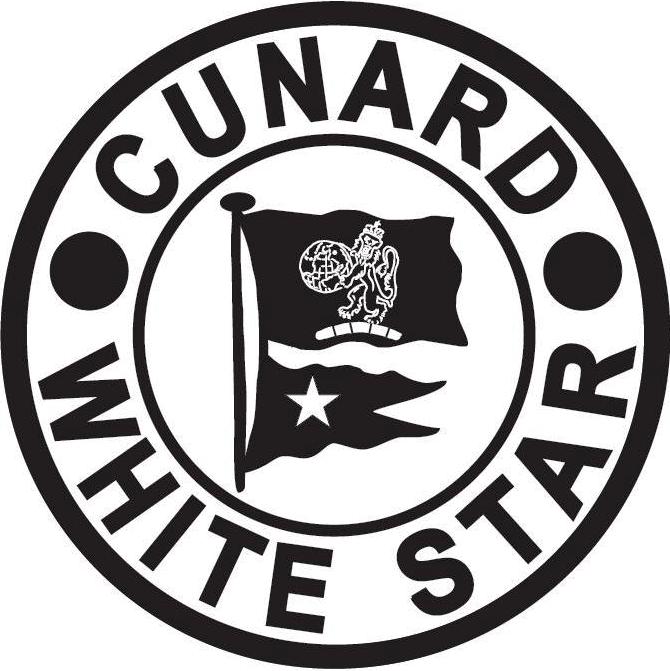The People's Liberation Army Navy (PLAN; Chinese: 中国人民解放军海军; pinyin: Zhōngguó Rénmín Jiěfàngjūn Hǎijūn), also known as the People's Navy, Chinese Navy, or PLA Navy, is the maritime service branch of the People's Liberation Army, and the largest navy per number of ships in the world.
The PLAN traces its lineage to naval units fighting during the Chinese Civil War and was established on 23 April 1949. Throughout the 1950s and early 1960s, the Soviet Union provided assistance to the PLAN in the form of naval advisers and export of equipment and technology.
Until the late 1980s, the PLAN was largely a riverine and littoral force (brown-water navy). In the 1990s, following the fall of the Soviet Union and a shift towards a more forward-oriented foreign and security policy, the leaders of the Chinese military were freed from worrying overland border disputes. Traditionally subordinated to the PLA Ground Force, PLAN leaders were now able to advocate for a renewed attention towards the seas.
History
The PLAN traces its lineage to units of the Republic of China Navy (ROCN) who defected to the People's Liberation Army towards the end of the Chinese Civil War. In 1949, Mao Zedong asserted that "to oppose imperialist aggression, we must build a powerful navy". During the Landing Operation on Hainan Island, the communists used wooden junks fitted with mountain guns as both transport and warships against the ROCN. The navy was established on 23 April 1949 by consolidating regional naval forces under Joint Staff Department command in Jiangyan (now in Taizhou, Jiangsu).
The Naval Academy was set up at Dalian on 22 November 1949, mostly with Soviet instructors. It then consisted of a motley collection of ships and boats acquired from the Kuomintang forces. The Naval Air Force was added two years later. By 1954 an estimated 2,500 Soviet naval advisers were in China—possibly one adviser to every thirty Chinese naval personnel—and the Soviet Union began providing modern ships.
With Soviet assistance, the navy reorganized in 1954 and 1955 into the North Sea Fleet, East Sea Fleet, and South Sea Fleet, and a corps of admirals and other naval officers was established from the ranks of the ground forces. In shipbuilding the Soviets first assisted the Chinese, then the Chinese copied Soviet designs without assistance, and finally the Chinese produced vessels of their own design. Eventually Soviet assistance progressed to the point that a joint Sino-Soviet Pacific Ocean fleet was under discussion.
Through the upheavals of the late 1950s and 1960s the Navy remained relatively undisturbed. Under the leadership of Minister of National Defense Lin Biao, large investments were made in naval construction during the frugal years immediately after the Great Leap Forward.
In the 1980s, under the leadership of Chief Naval Commander Liu Huaqing, the navy developed into a regional naval power, though naval construction continued at a level somewhat below the 1970s rate. Liu Huaqing was an Army Officer who spent most of his career in administrative positions involving science and technology. It was not until 1988 that the People's Liberation Army Navy was led by a Naval Officer. Liu was also very close to Deng Xiaoping as his modernization efforts were very much in keeping with Deng's national policies
Megathreads and spaces to hang out:
- ❤️ Come listen to music and Watch movies with your fellow Hexbears nerd, in Cy.tube
- 💖 Come talk in the New Weekly Queer thread
- 💛 Read and talk about a current topics in the News Megathread
- ⭐️ October Movie Nominations ⭐️
reminders:
- 💚 You nerds can join specific comms to see posts about all sorts of topics
- 💙 Hexbear’s algorithm prioritizes comments over upbears
- 💜 Sorting by new you nerd
- 🌈 If you ever want to make your own megathread, you can reserve a spot here nerd
- 🐶 Join the unofficial Hexbear-adjacent Mastodon instance toots.matapacos.dog
Links To Resources (Aid and Theory):
Aid:
Theory:


Hey all! I'm recording another audiobook! Post is here
Thought I should let the megathread crew know